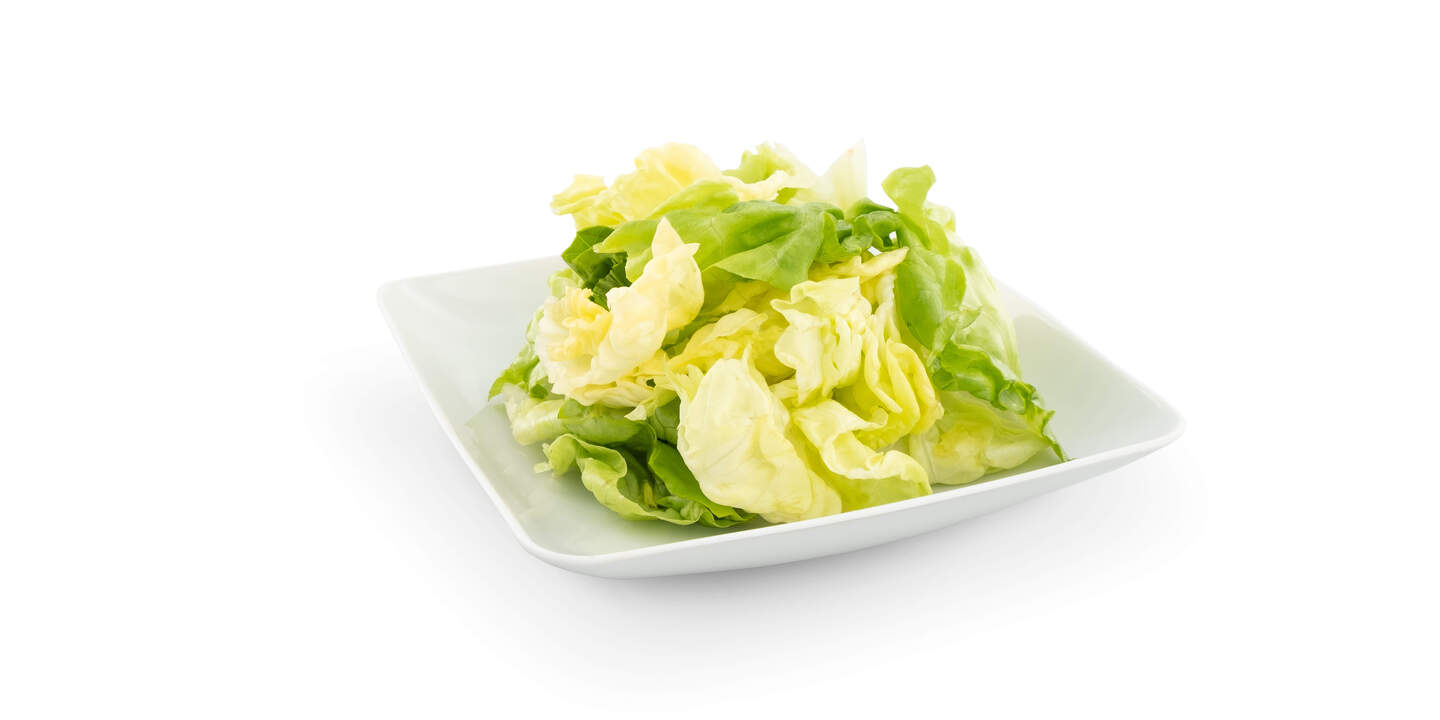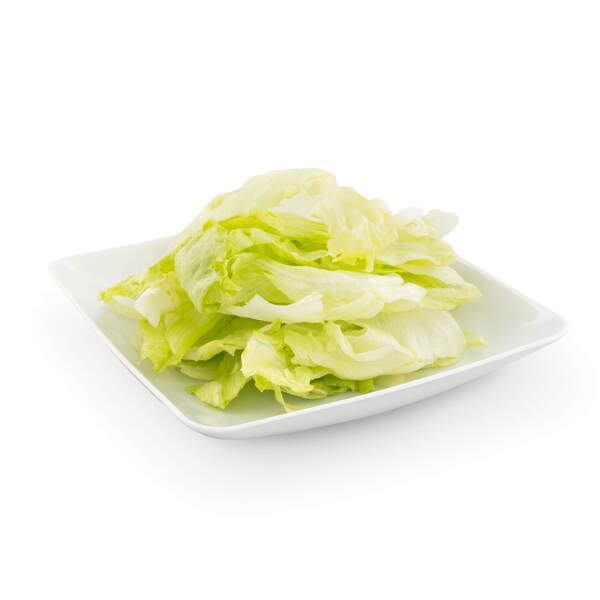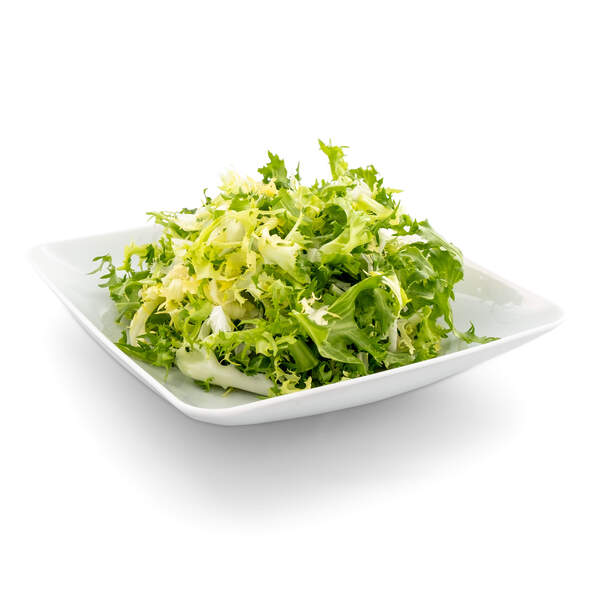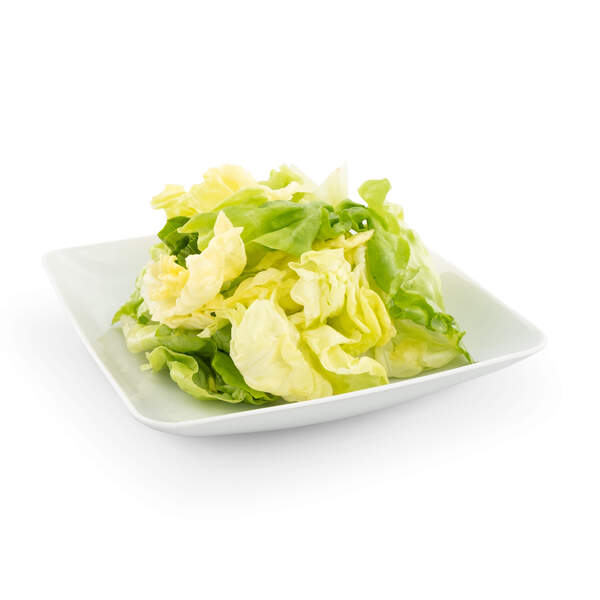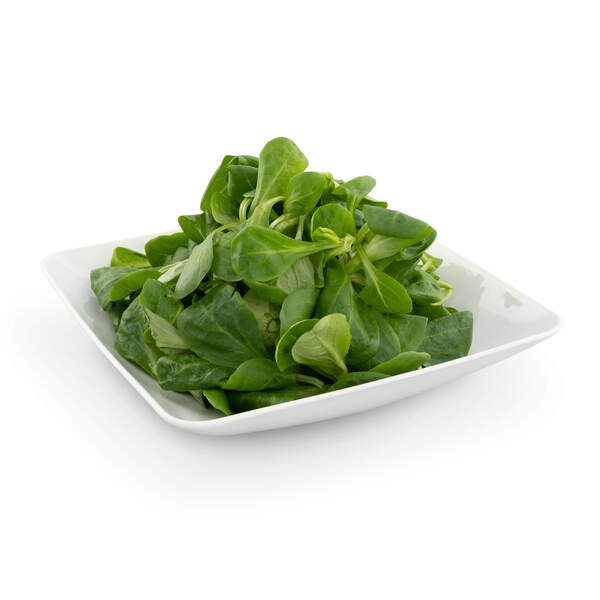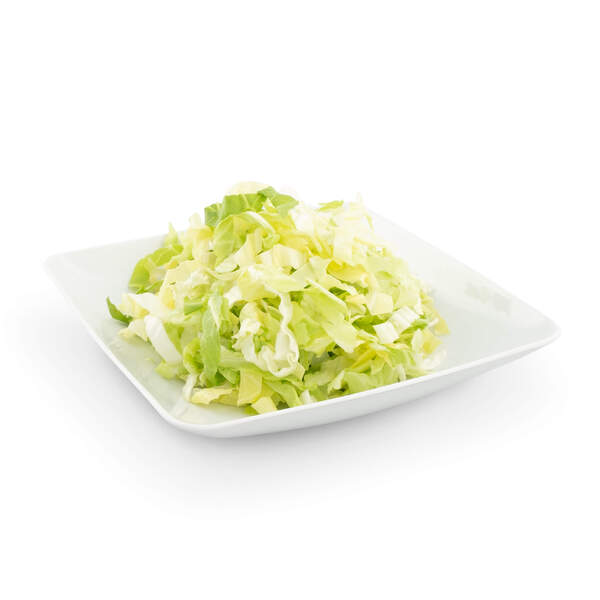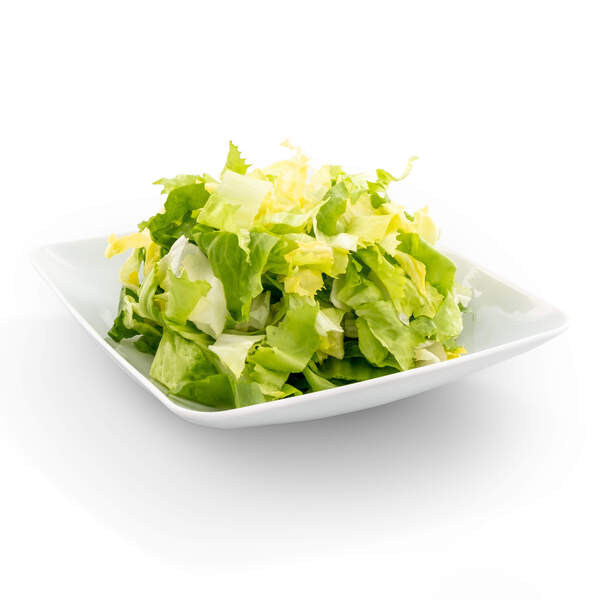Here we have the salad
The tide has turned for salad: Considered one of the largely-ignored side dishes 50 years ago, it has since become a popular main course.A trend that has also been shaped by Eisberg. After all,the company was a pioneer for ready-to-serve salads in bags.
With cheese in the breakfast roll, with chicken breast in the lunchbowl, or with vinaigrette and croutons on the starter plate – salad always suits. Because the crisp green leaves fit perfectly into our current lifestyle.But anyone who thinks that eating salad is a fad of the 21 century is very much mistaken. Even in ancient times people ate raw vegetables,often dressed with oil, vinegar and salt. And thus the word salad also comes from the Latin « salus » for «salted». In Central Europe, lettuces were purposefully grown and cultivated from around the eighth century AD on wards. As with many other foods, the monks in the monasteries were the pioneers. Until the middle of the 20th century, salad was considered more of a side dish, whereas today, as a varied main course, it is impossible to imagine many menus without it. What is considered a «salad» has changed considerably over the years. While goutweed was still a frequent item on the menu in the Middle Ages, today it is ignored as an annoying weed. Conversely, rocket, which was long scorned because of its pungency, has now become trendy. The term salad is also not entirely precise. After all, there are also sausage or fruitsalads. Leaf salads can be divided into two groups:lettuce and chicory. Special cases include lamb’s lettuce and rocket, which come from other families. Examples of lettuce include lettuce and oak leaf lettuce, while chicory includes chicory and endives. What all varieties have in common is that they consist of about 95 percent water and are there for every low in calories.The nutrient content of lettuce changes from variety to variety.Chicory, endives and radicchio are particularly rich in vitamins and minerals. Numerous varieties also provide more folic acid than other vegetables. Secondary plant substances in lettuce are also said to help reduce high blood pressure and prevent diabetes and some types of cancer. Whether from the market stall or out of the practical Eisberg bag,lettuce is best consumed as soon as possible after purchase. However, if a head of lettuce has been forgotten in the fridge, there is a simple trick:Wilted leaves become crisp again after only a few minutes in a bowl of cold water and a tablespoon of sugar.
